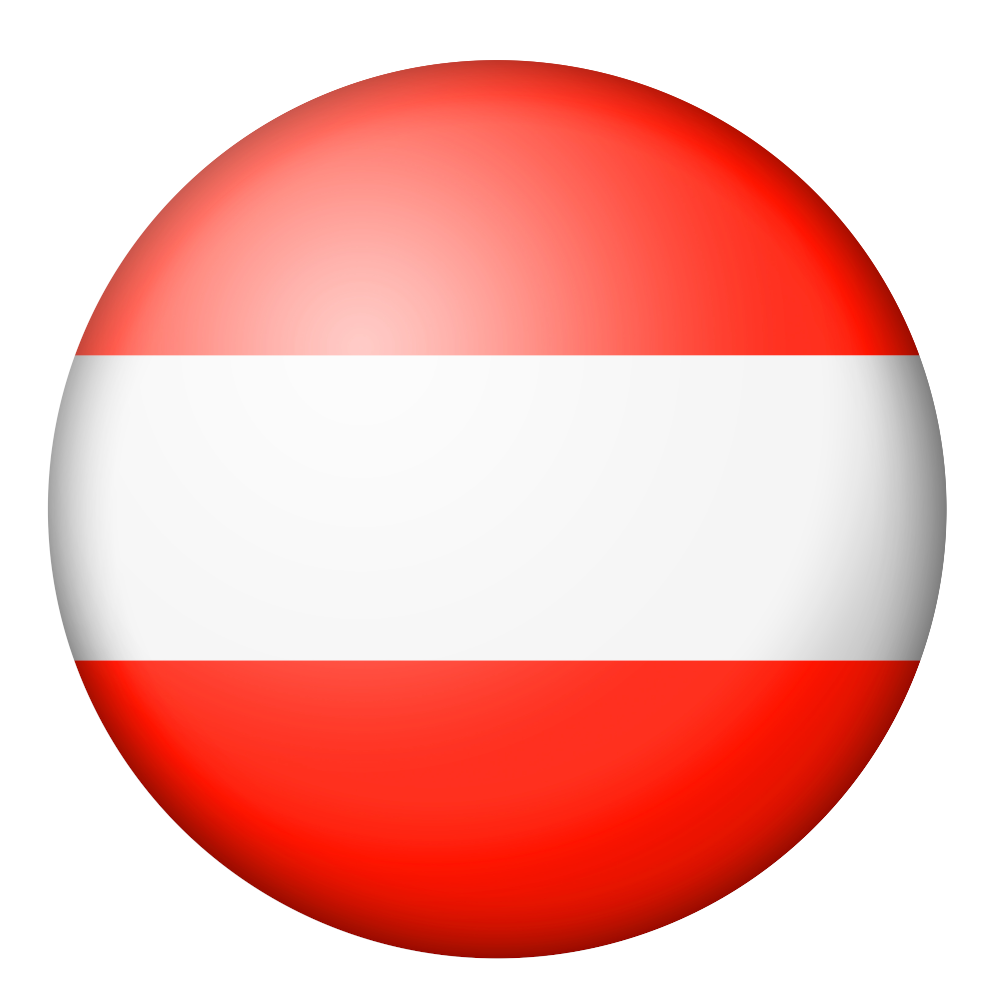Regional Information: Plant care
Related matters in other countries
Plants, growth factors and climate
Water is one of the important growth factors for plants (see: plant care). The amount of water available to the plant influences, among other things, which plants can thrive in a location and how they develop. Precipitation as well as soil type (see: soil types) have an influence on the water availability for plants.
From the viewpoint of water as a growth factor, precipitation and drought, the project countries and their regions with the lowest precipitation are presented here.
AUSTRIA

The European honeysuckle (Lonicera periclymenum) is a decorative, fragrant and easy-care climbing plant. It is particularly suitable for climbing fences and walls, as well as for greening facades. The liana-like climbing plant is also known as woodbine. It grows up to 1.5 m per year and reaches a height of 3 – 6 m. The common honeysuckle flowers throughout the summer from June to August and is intensely fragrant, especially in the evening hours. This is why the climbing plant is visited by many moths, but also by bumblebees and long-tongued bees. From August onwards, the plant is adorned with glowing red berries that are important bird food. However, the berries are slightly poisonous to humans. This honeysuckle species is not only native to Austria but can be found in many European countries from Central to Southern Europe, but also in the North such as Sweden, Norway and England.
Some examples of other native climing plants in Austria:
Clematis vitalba: old man’s beard / traveller’s joy
Hedera helix: common ivy
Rosa canina: dog rose / wild brier
GERMANY

A large part of the precipitation in Germany is brought in through low pressure areas from the west. It follows that precipitation decreases from west to east. In addition, mountains act as rain brakes, i.e., the precipitation falls mainly on the weather side of the mountains (west), on the other hand it is drier on the side facing away from the wind.
This makes the lower basin and leeward areas in the east the driest regions in Germany, with less than 500 millimetres of precipitation per year in some cases. East of the Harz Mountains and the Thuringian Mountains (“Central German Dry Area”) and in the Oderbruch, it is only about 450 millimetres per year. The high altitudes of the Alps, on the other hand, are particularly wet, as are the low mountain ranges such as the Vosges, Black Forest, Harz, Thuringian Forest, Bohemian Forest and Ore Mountains. There is often rainfall of more than 1800 millimetres per year.
Sources:
SPAIN

The precipitation registered in Spain varies greatly depending on the geographical area in question. Rainfall decreases from north to south and rainfall on the Atlantic slope is higher than on the Mediterranean slope. The average precipitation value in peninsular Spain was 569mm in 2021.
The cities with the most rain days per year, according to AEMET data, are those in the north. Donostia stands out with 141.1 days of rain, Santiago de Compostela 139.5 days and Pontevedra 131.3 days.
However, in terms of accumulation, the highest average monthly rainfall is in Vigo, where an average of 1791 l/m² accumulate per year (1507 in Donostia).
The driest towns in Spain, on the other hand, are the island of Fuerteventura (Canary Islands), where rainfall barely reaches 98 litres per square meter on average per year, and Cabo de Gata (Almería), with rainfall of 120 litres per square meter year. Going by provinces, Murcia is the driest Spanish region, with 32% arid territory.
Sources:
http://atlasnacional.ign.es/wane/Clima
https://www.ign.es/espmap/mapas_clima_bach/Mapa_clima_05.htm
https://www.enterat.com/servicios/ciudades-mas-lluviosas-espana.php
https://www.radiocable.com/localidades-frias-calidas-lluviosas-secaespa428.html
https://www.eltiempo.es/noticias/las-ciudades-mas-lluviosas-de-espana
